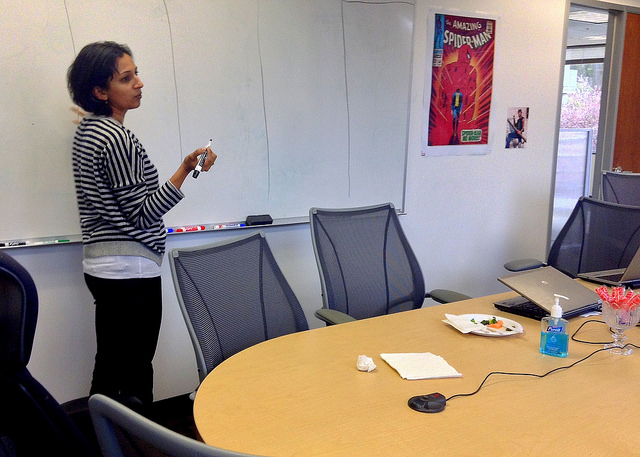In my role as market connector, I constantly meet people with all kinds of job titles, many of which did not exist even a few years ago. Some reflect a “cool” factor more than substance. Others signal strategic intent translated into an organizational decision. Recently, there’s been a burst of senior-level titles speaking to a new view of the customer. These include chief customer officer, chief customer experience officer and variants.
What are these roles about, and what value can they bring?
I’m not one to believe that titles by themselves matter much. In fact, I think the hierarchical behavior and entitlements that titles convey can be destructive to the collaborative environment needed to nurture enduring, customer-centric results.
But I also think it’s worth any executive’s time to contemplate the value of an empowered chief customer or experience officer and why other companies might be going down this path. Is it right for you? Is it real or is it window dressing? What can it potentially accomplish? Who should wear this hat to generate impact?
Why have a chief customer or experience officer?
Last month, I wrote about marketing myths and truths in an age of technology disruption and customer empowerment. Any leader should look at all of her resources – including people, dollars and infrastructure – and drive the changes required to attract and win the loyalty of target customers. For the vast majority of companies, the status quo is not the answer.
The chief customer or experience officer defines and steers the transformation by defining the execution plan aligning resources to deliver on the customer needs that matter. The plan should link customer priorities to a business’ financial objectives. He mobilizes employees, and his appointment can be a powerful signal from the CEO that the customer must be at the center of everything the company does.
Why won’t status quo work?
Traditional company structures were not built around the customer. Companies were organized for efficiency, control and predictability. The problem is that these priorities by themselves end up constraining the agility fundamental to delivering a productive, positive customer experience – one that motivates trial, purchase, recommendation and other behaviors reflecting loyalty to a brand.
The chief customer or experience officer provides leadership to help the company embrace agility as key to a customer experience that is managed to deliver business results – top and bottom line. At the same time, she must partner with peers to ensure the company does not lose sight of the basics of efficiency and control, especially to meet regulatory mandates that are “lights on” needs in the insurance sector.
What’s going on in your organization?
Start by asking yourself a few questions:
- When decisions are being made, are employees at all levels and functions contemplating the impact on the customer? Do employees shape their actions around delivering value to the customer? Does anyone ask, “What’s the impact on the customer?” And, do other participants in the conversation care?
- Does your organization act as though the right experience will deliver business results, or do people express the belief that doing what the customer wants is a tradeoff to financial results? If the latter is the case, you are likely receiving a strong signal that your journey to a great customer experience may require a sharp pivot.
- Do you measure customer satisfaction across the entire experience? Does your methodology gather only customer service feedback for the subset of customers who are reaching out, or do you look at channel results holistically?
- Are you using a methodology that connects customer satisfaction to the end-to-end experience of doing business with you all the way through to how satisfaction levels directly affect financials? A “yes” to this last question means you are closer to best-in-class practices.
- Zeroing in on the audience you want to serve
- Being able to identify audience members so you can establish and build authentic relationships
- Inspiring them to see your brand and offerings as relevant to their lives
- Achieving win/win outcomes for these individuals as well as for your business.





